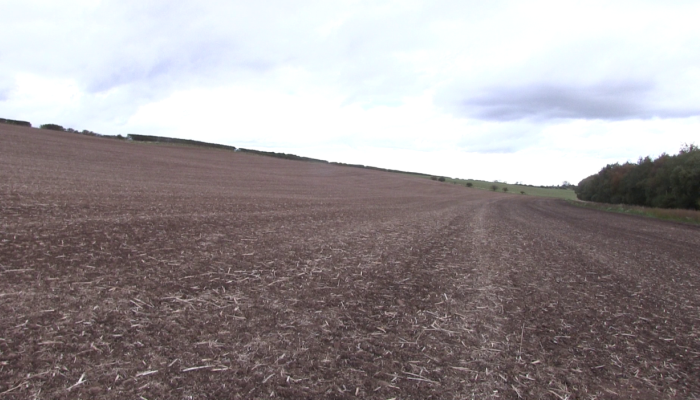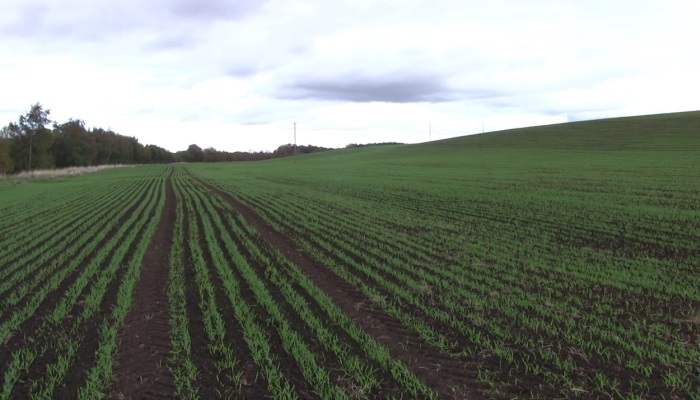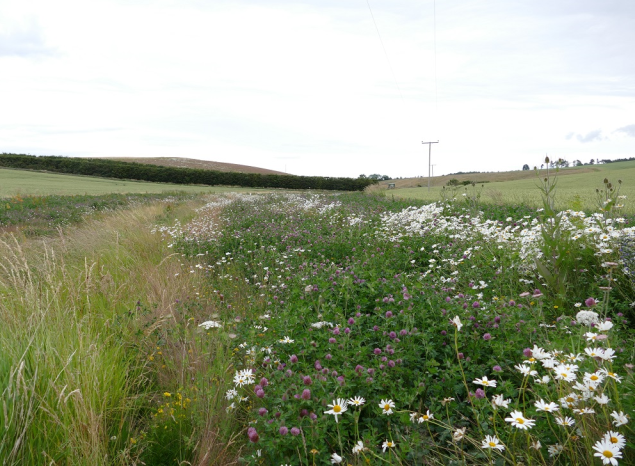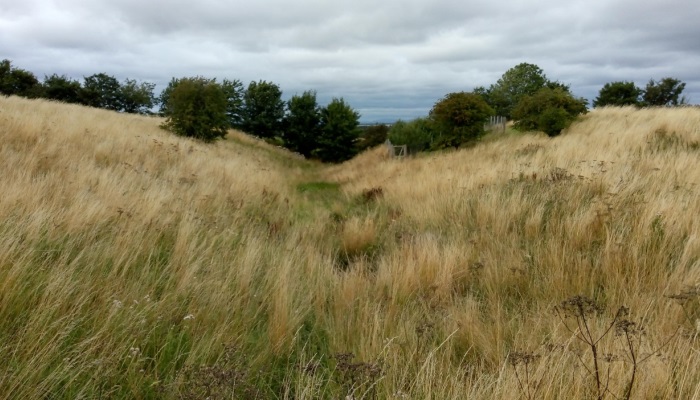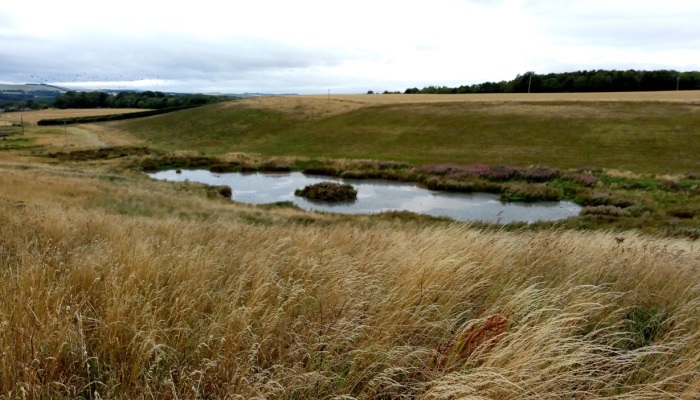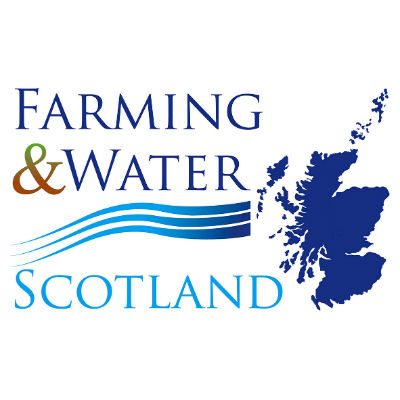Good practice for improving water quality on arable farms
1 December 2018A recent meeting at Townhead farm near Haddington, East Lothian, courtesy of Townhead (McDowall) Ltd, demonstrated techniques for improving water quality on arable farms.
The farm is within the River Tyne diffuse pollution priority catchment, which is one of many across Scotland that have been tasked with improving water quality.
The meeting highlighted some of the excellent practices that arable farmers can take to improve water quality, which included:
Cultivations across the slope
The land at Townhead is gently rolling with moderate slopes with potential risk for soil erosion into watercourses. By cultivating and rolling across the slope the risk of soil and nutrient runoff is greatly reduced by avoiding leaving ribs and runnels up and down the slope which led to accelerated water flow. Historic practice on the farm had been to plough up and down the slope which led to severe erosion damage in some areas, to the extent that these are no longer considered worth cropping due to loss of topsoil. Ploughing and cultivating across slopes has prevented further damage.
Tramlines are set across the slope so reducing the potential for water, soil and nutrients running down the tramline. This greatly reduces the risk of soil erosion as surface run off is slowed down considerably due to the ridges left by the roller. Even before sowing and setting tramlines across the slope was practicable, rolling was carried out across the slope and was very effective in preventing erosion. The only remaining risk of this is the endrig, where equivalent control would require a grass or similar buffer.
Minimum tillage
The farm practises minimum tillage wherever possible. Amongst many benefits, better crop establishment leads to better cover. Improved cover and trash in the surface layer both slow water flow, reducing erosion risk.
Buffer Strips along watercourses
The farm has made very effective use of their EFA requirement by creating buffer strips alongside the watercourses on the farm. These grassy margins are wider than the minimum 2 metre margin required by GAEC and General Binding Rules. Not only do they help to protect watercourses from diffuse pollution, but they also provide a refuge for biodiversity including beneficial invertebrates such as ground beetles and spiders that prey on crop pests, which themselves provide food for farmland birds.
In most areas, value has been added to the buffer strips by the use of wildflower mixes and/or establishment of strips of wild bird seed mix including annual cornfield flowers. The latter are cultivated annually or biannually but are low input, so provide a further buffer between crop inputs and the watercourse. These strips provide a superb habitat for economically important pollinator insects as well as seeds for birds in the winter. The combination of buffer strips and wild bird seed strips is particularly valuable for Grey Partridges, providing ideal nesting and brood rearing habitat. A healthy population of this species remains at Townhead farm.
Sediment Traps
Sediment traps are small, vegetated basins that retain soil runoff and reduce the opportunity for soil entering watercourses. Towards the northeast of the farm, a large area of sloping ground drains down to a single point. Much of this area has relatively impervious clay soil, so in heavy
rain, runoff is unavoidable bringing the risk of significant soil erosion. To minimise the risk of losing soil downstream, the farm has created a sediment barrier at the edge of the field using mixed hard-core material of various sizes from the farm. The material provides a physical barrier to stop a deluge of water from carrying soil into the watercourse. The water then slowly filters through the barrier. Below the barrier, a drain runs down a small glen which is unsuitable for cropping. The farm has created a series of small ponds which have become vegetated, creating sediment traps to settle out any potential soil which may still be in the water.
Offline storage and Ponds
In a large gully that is difficult to crop, a pond has been dug and wetland has been created by breaking field drains that formerly drained this area into the watercourse downstream. This habitat creation is beneficial for declining farmland wading birds such as Lapwing, which bring their chicks to this wetland to feed. The wet area was carefully designed to slow the flow of water off the land and reduce the peak flood risk downstream. Slowing the flow of water from the land across river catchments is a valuable way of reducing flood risk, but requires a change of approach for many farmers, who may want to drain water off their land as quickly as possible. Wetland creation, which can be grant aided through agri-environment schemes, is one way of making this change.
The farm has implemented simple options of management with major benefit to water quality, soil health and wildlife habitat. The areas taken out of production for conservation management have been difficult to farm profitably due to location or previous management. The farm is now operating a well set up system with minimal risk of serious erosion, vast benefits to the environment and little change to the production capacity of the farm.
Farming & Water Scotland‘s website helps farmers to reduce diffuse pollution risks and benefit their farming business.
Craig Bothwell, craig.bothwell@sac.co.uk
Sign up to the FAS newsletter
Receive updates on news, events and publications from Scotland’s Farm Advisory Service

